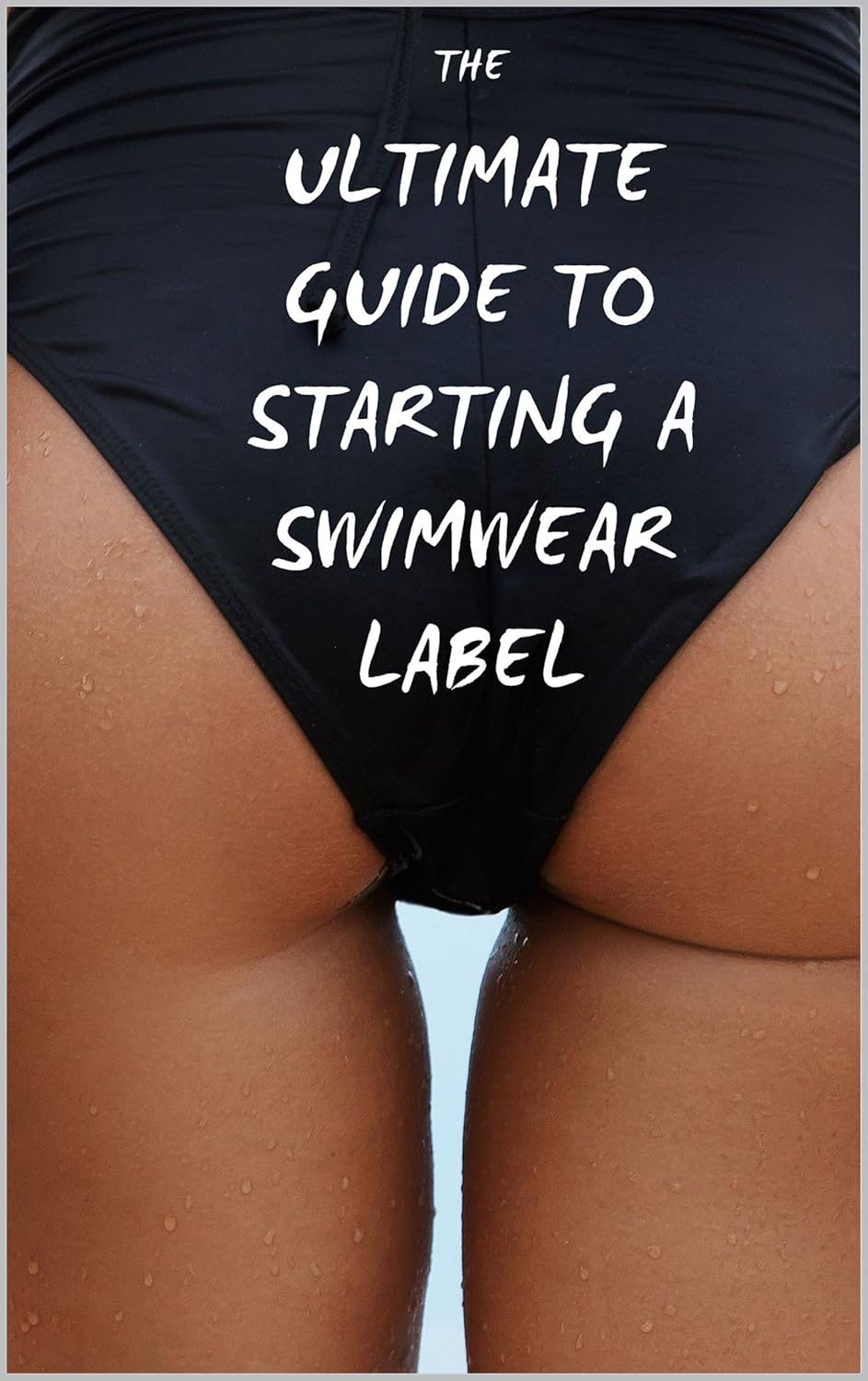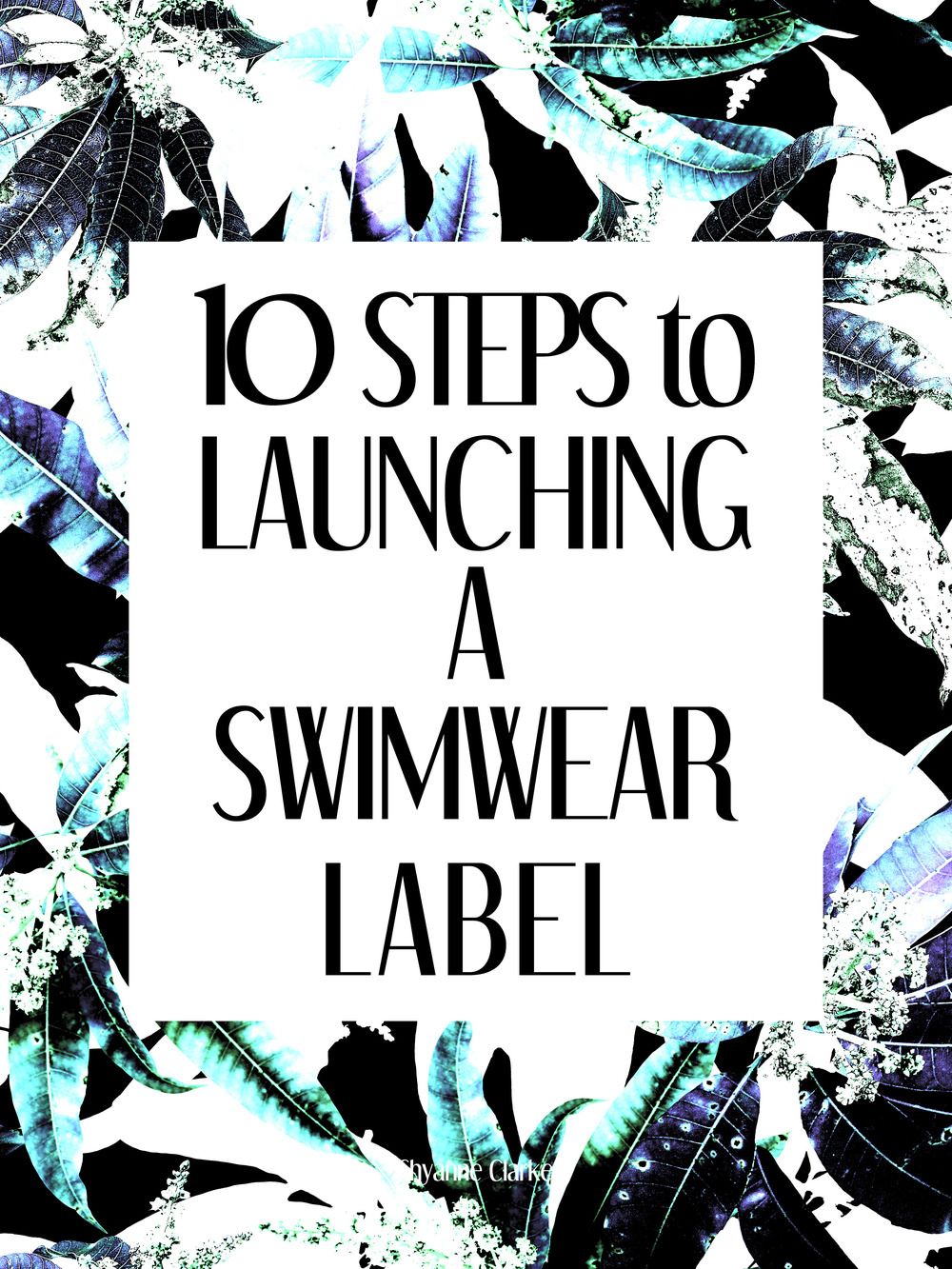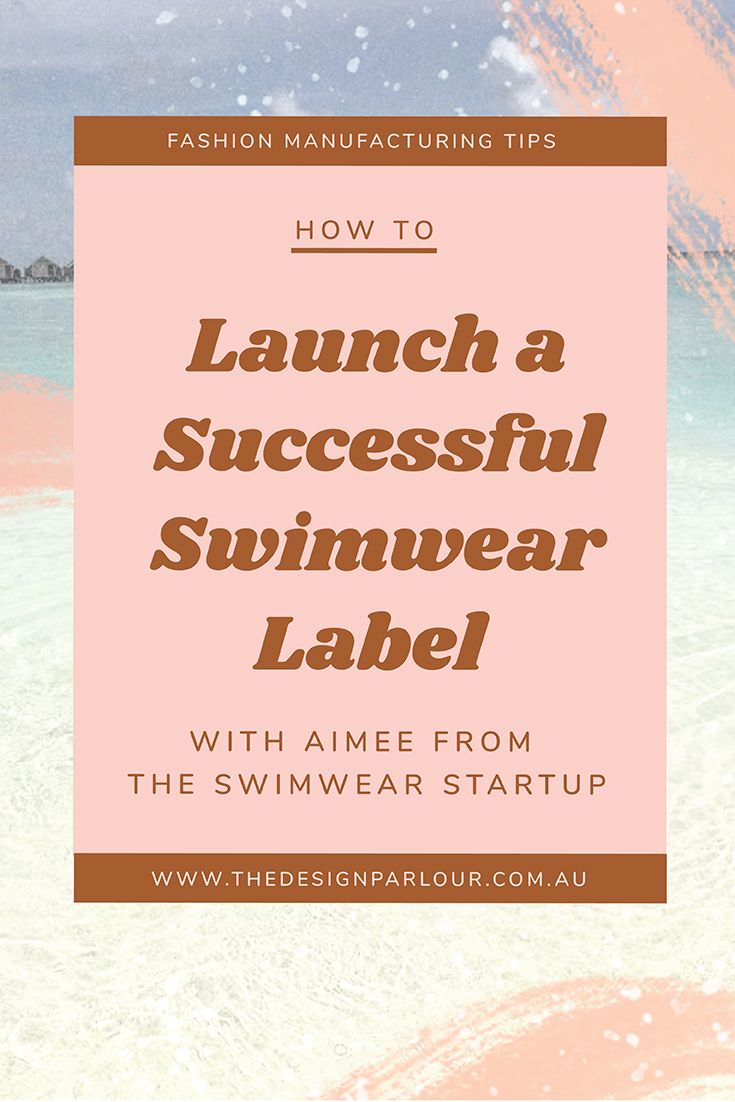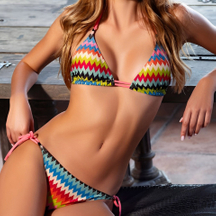Content Menu
● Understanding the Swimwear Market
>> Key Market Trends
● Defining Your Brand and Audience
● Creating a Business Plan
● Designing Your Swimwear Collection
● Finding a Manufacturer
● Choosing the Right Manufacturing Partner
● Navigating the OEM Swimwear Production Process
● Sampling and Quality Control
● Pricing, Positioning, and Branding
● Building an Online Presence and Marketing Strategy
● Launching Your Swimwear Label
● Scaling and Sustaining Your Business
● Frequently Asked Questions
● Conclusion
● Citations:
How to Start a Swimwear Label: The Ultimate Guide for Aspiring Brands
Launching a swimwear label is an exciting journey that blends creativity, entrepreneurship, and a keen understanding of fashion trends. With the global swimwear market poised for significant growth, there has never been a better time to dive in. This comprehensive guide will walk you through every step of how to start a swimwear label, from conceptualization to production, marketing, and scaling your business. Whether you're a designer, entrepreneur, or fashion enthusiast, this article will equip you with actionable insights and practical advice to help you succeed in the competitive world of swimwear.

Understanding the Swimwear Market
Before you embark on the journey of how to start a swimwear label, it's crucial to understand the current landscape. The global swimwear industry is projected to reach $29.1 billion by 2025, driven by the popularity of water sports, beach vacations, and a growing focus on health and fitness[1]. Trends such as sustainability, inclusive sizing, and bold designs are shaping consumer preferences.
Key Market Drivers:
- Rising demand for fashionable and functional swimwear
- Increased participation in aquatic sports
- Social media influence on swimwear trends
- Growing awareness of eco-friendly materials
Pro Tip: Conduct thorough market research to identify gaps, understand your competitors, and pinpoint your target audience's preferences[1][2].
Key Market Trends
- Sustainability: Eco-friendly materials are becoming increasingly popular. Brands that use recycled fabrics or sustainable production methods can attract environmentally conscious consumers.
- Inclusivity: There is a growing demand for swimwear that caters to all body types, including plus-size options.
- Fashion-forward Designs: Consumers are looking for swimwear that is not only functional but also stylish.
Defining Your Brand and Audience
A successful swimwear label starts with a clear brand identity and a well-defined target audience. Ask yourself:
- What unique value does my brand offer?
- Who is my ideal customer (age, gender, lifestyle, location)?
- Do I want to focus on sustainability, luxury, performance, or inclusivity?
Brand Identity Elements:
- Brand name and logo
- Visual aesthetics (color palette, typography, imagery)
- Core values and mission statement
Example: If your passion lies in eco-conscious fashion, your swimwear label could focus on using recycled fabrics and ethical production methods[3].
Creating a Business Plan
A robust business plan is the foundation of any successful swimwear label. It should cover:
- Market Analysis: Size, trends, competitors, and customer demographics
- Unique Selling Proposition (USP): What sets your label apart?
- Financial Projections: Startup costs, pricing strategy, sales forecasts, and break-even analysis
- Marketing and Sales Strategy: How will you reach and convert your target audience?
- Scalability: Plans for growth, new product lines, and market expansion[1][2].
Designing Your Swimwear Collection
The heart of your swimwear label is your collection. Whether you are a designer or collaborating with professionals, consider:
- Design Inspiration: Sketch out ideas or reference images. Think about shapes, cuts, prints, and colors that align with your brand's vision[4].
- Fabric Selection: Most swimwear is made from polyester, nylon, or spandex. Consider the balance of stretch, durability, comfort, and sustainability[2][3].
- Fit and Functionality: Ensure your designs cater to different body types and intended uses (e.g., athletic vs. leisure swimwear).
- Prototyping: Work with your manufacturing partner to create technical specifications and prototypes, allowing you to test and refine your designs[5][4].

Finding a Manufacturer
Finding the right manufacturer is critical to the success of your swimwear label. Here are some steps to guide you:
- Research Manufacturers: Look for manufacturers that specialize in swimwear production. Check their reputation, quality of work, and production capabilities.
- Request Samples: Before committing, request samples to assess the quality of their work.
- Negotiate Terms: Discuss minimum order quantities, pricing, and lead times to ensure they align with your business needs.
Choosing the Right Manufacturing Partner
Selecting the right manufacturing partner is crucial when learning how to start a swimwear label. You have several options:
- OEM (Original Equipment Manufacturer): You provide the designs, and the manufacturer handles production under your brand name[5][6].
- ODM (Original Design Manufacturer): The manufacturer offers ready-made designs you can rebrand.
- Print-on-Demand: Ideal for testing designs with minimal upfront investment[2].
Factors to Consider:
- Experience with swimwear production
- Quality assurance processes
- Minimum order quantities (MOQs)
- Communication and transparency
- Ability to source sustainable or specialty fabrics
Tip: Always request samples to assess quality before committing to bulk orders[2].
Navigating the OEM Swimwear Production Process
Working with an OEM swimwear manufacturer streamlines production and allows you to focus on design and branding. Here's a step-by-step overview[5]:
1. Initial Consultation: Discuss your vision, requirements, and market goals.
2. Design Development: Collaborate to create technical specifications and prototypes.
3. Sample Creation: Receive initial samples to evaluate fit, quality, and design.
4. Feedback and Revisions: Provide feedback and request adjustments as needed.
5. Production Planning: Finalize designs, set timelines, and source materials.
6. Manufacturing: Fabric cutting, sewing, and assembly using skilled labor and advanced technology.
7. Quality Control: Rigorous in-process and final inspections to ensure standards are met.
8. Packaging and Shipping: Choose branded packaging and arrange logistics for timely delivery.
9. Post-Production Support: Ongoing feedback, marketing support, and inventory management.
Benefits of OEM Manufacturing:
- Customization and flexibility in design, materials, and sizing
- Access to specialized expertise and high-quality materials
- Cost-effective production and scalability[6]
Sampling and Quality Control
Sampling is a critical phase in how to start a swimwear label. It allows you to:
- Assess the fit, comfort, and appearance of your designs
- Identify and resolve potential issues before mass production
- Gather feedback from potential customers or focus groups
Quality Control Measures:
- In-process inspections during manufacturing
- Final product checks for defects, sizing, and finishing
- Compliance with industry standards and regulations[5]
Pricing, Positioning, and Branding
Your pricing strategy should reflect your brand's positioning and target market. Consider:
- Production Costs: Materials, labor, shipping, and overhead
- Market Position: Luxury, mid-range, or budget-friendly
- Competitor Pricing: Benchmark against similar brands
- Profit Margins: Ensure pricing covers costs and generates profit[2]
Branding Essentials:
- Consistent visual identity across all touchpoints
- Compelling product photography and descriptions
- Storytelling that connects with your audience
Building an Online Presence and Marketing Strategy
A strong online presence is essential for any swimwear label. Your marketing strategy should include:
- Website and E-commerce Store: User-friendly, mobile-optimized, and SEO-friendly[2]
- Social Media Marketing: Leverage platforms like Instagram, TikTok, and Pinterest to showcase your designs and engage with your audience
- Influencer Collaborations: Partner with influencers who align with your brand values
- Content Marketing: Create style guides, blog posts, and videos to educate and inspire customers
- Email Marketing: Build a subscriber list for product launches, promotions, and brand updates
- Optimize for SEO: Use relevant keywords, including "how to start a swimwear label," to improve your website's visibility on search engines.
Launching Your Swimwear Label
With your collection ready and marketing plan in place, it's time to launch:
- Announce your launch date and create buzz on social media
- Offer exclusive discounts or limited-edition pieces to early customers
- Host virtual or in-person launch events
- Gather and showcase customer reviews and testimonials
- Monitor sales and customer feedback to make data-driven improvements

Scaling and Sustaining Your Business
After your initial launch, focus on scaling and sustaining your swimwear label:
- Expand your product range (e.g., cover-ups, accessories)
- Explore new markets and distribution channels
- Invest in paid advertising and influencer partnerships
- Continuously innovate with new designs and sustainable practices
- Build long-term relationships with manufacturing partners and customers[1][6]
Frequently Asked Questions
1. How much does it cost to start a swimwear label?
Startup costs can vary widely depending on design complexity, production quantity, and marketing efforts. Expect to invest in design, sampling, manufacturing, website development, and marketing. Many successful brands start with a budget of $5,000–$20,000, but print-on-demand options can reduce upfront costs[2].
2. What are the best fabrics for swimwear?
Polyester, nylon, and spandex are the most common swimwear fabrics, offering stretch, durability, and comfort. Sustainable options include recycled polyester and eco-friendly blends[2][3].
3. How do I find a reliable swimwear manufacturer?
Research manufacturers with experience in swimwear, request samples, check client reviews, and ensure clear communication about timelines, pricing, and quality standards[5][6][2].
4. Can I start a swimwear label without design experience?
Yes. Many manufacturers offer design development services, or you can collaborate with freelance designers. Print-on-demand platforms also allow you to create custom swimwear without technical expertise[2].
5. How do I market my swimwear label?
Leverage social media, influencer collaborations, SEO, email marketing, and content creation. Focus on building a strong brand identity and engaging with your target audience[2].
Conclusion
Starting a swimwear label requires careful planning, creativity, and a solid understanding of the market. By following the steps outlined in this guide, you can successfully launch your swimwear brand and make a splash in the industry.
Citations:
[1] https://baliswim.com/how-to-start-a-swimwear-line-that-lasts/
[2] https://www.printful.com/blog/how-to-start-a-swimwear-line
[3] https://swimwearbali.com/how-to-start-a-swimwear-brand-a-step-by-step-guide/
[4] https://swimwearbali.com/a-guide-to-launching-your-own-successful-swimwear-line/
[5] https://www.abelyfashion.com/how-does-the-oem-swimwear-production-process-work.html
[6] https://www.abelyfashion.com/why-choose-an-oem-swimwear-manufacturer-for-your-wholesale-needs.html
[7] https://www.livbrasil.com/shopsamples/p/lm1291-sample
[8] https://www.reddit.com/r/Advice/comments/thbmwy/i_want_to_start_a_swimsuit_line_and_dont_know/
[9] https://www.abelyfashion.com/how-to-start-your-own-swimsuit-brand-at-low-cost.html
[10] https://www.livbrasil.com/blog/marketing-tips-for-your-swimwear-label




































